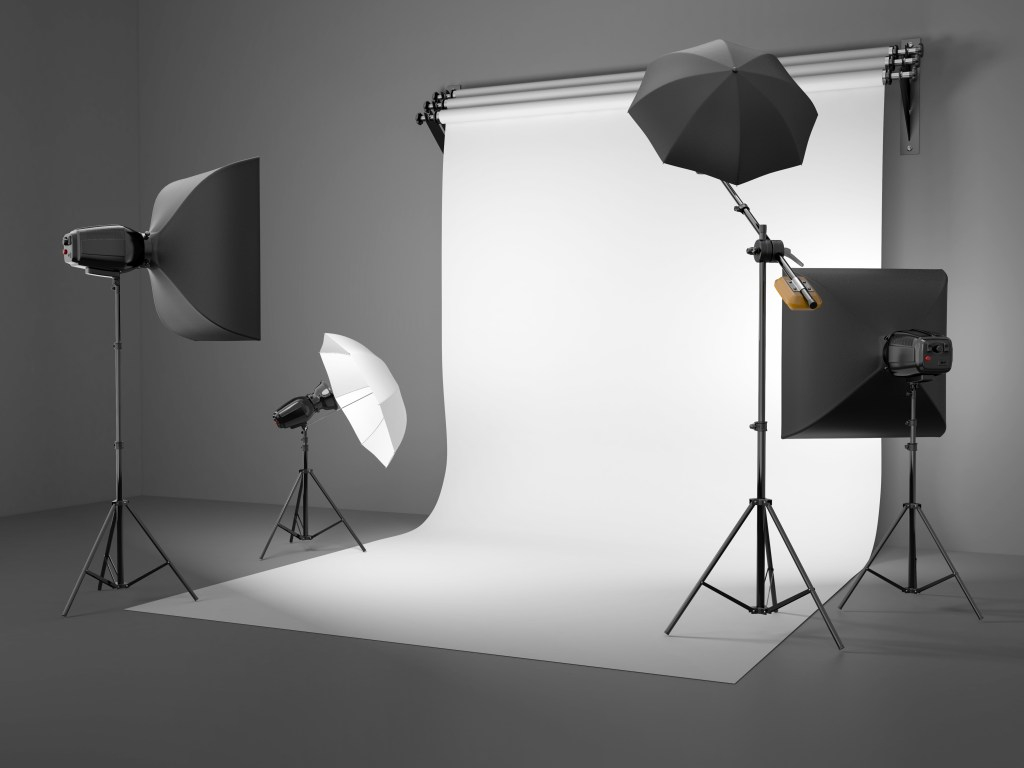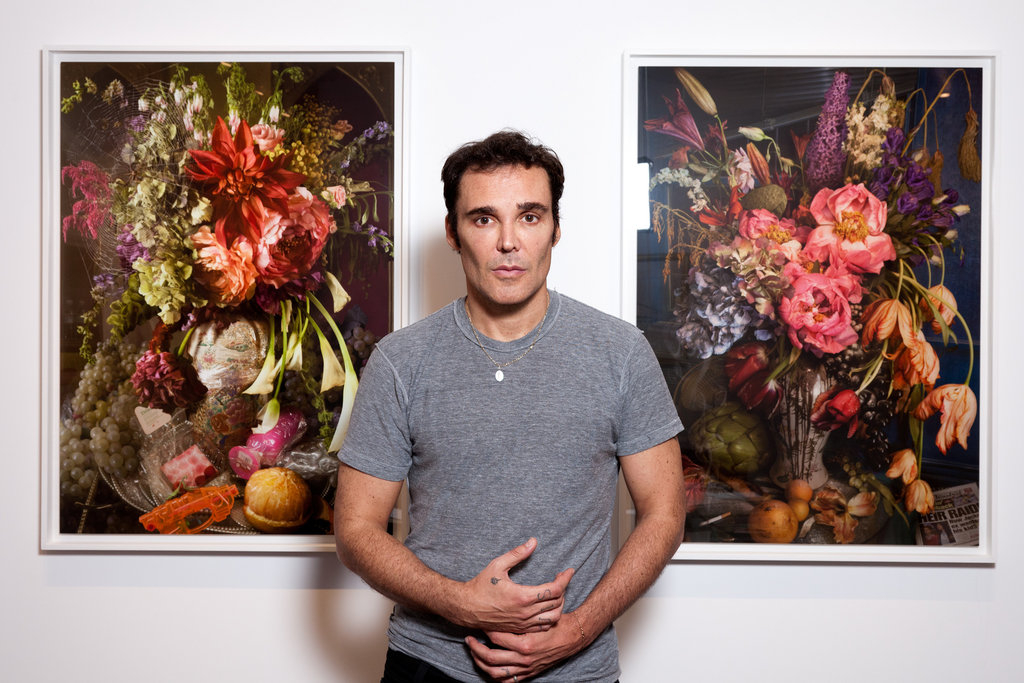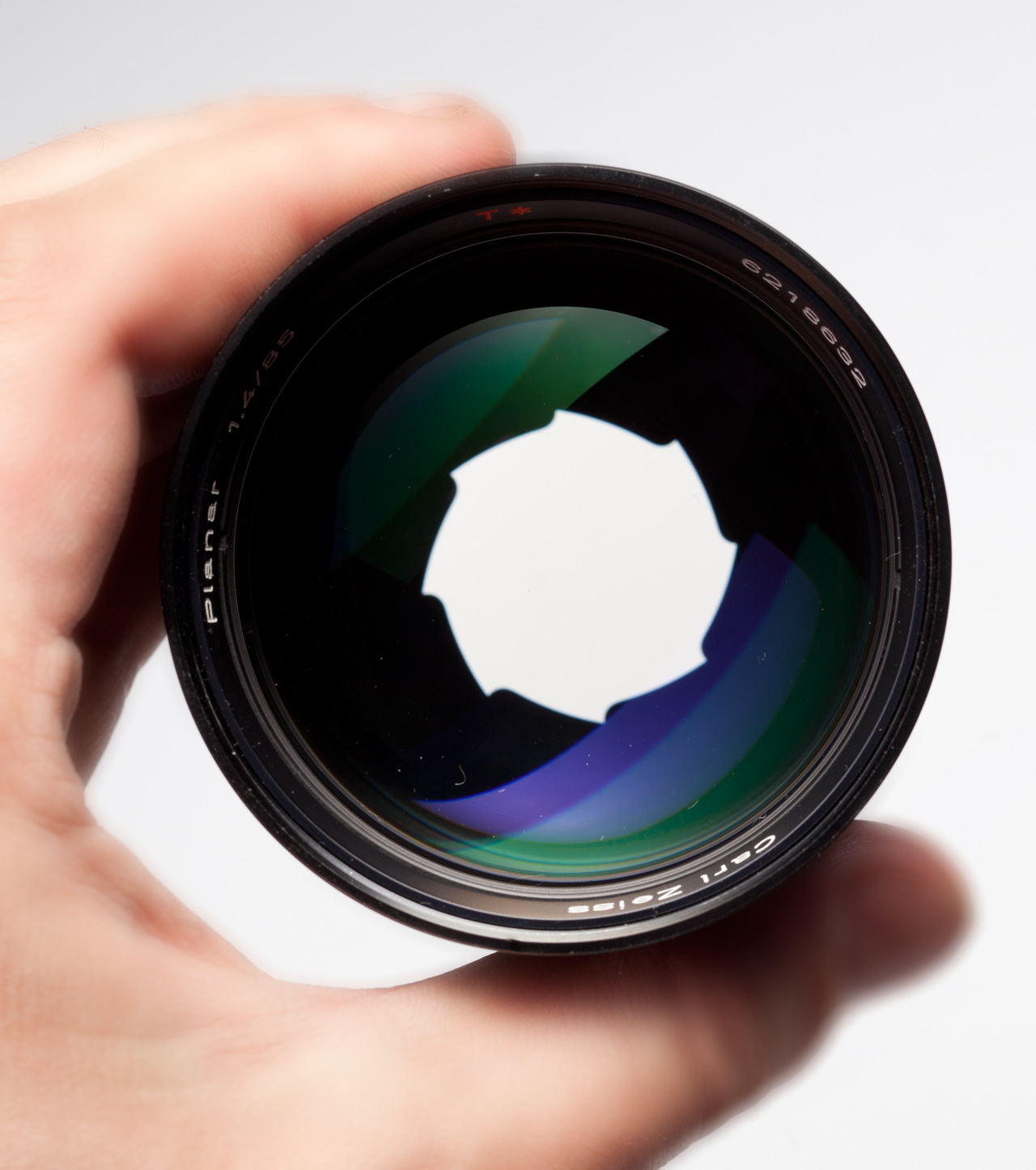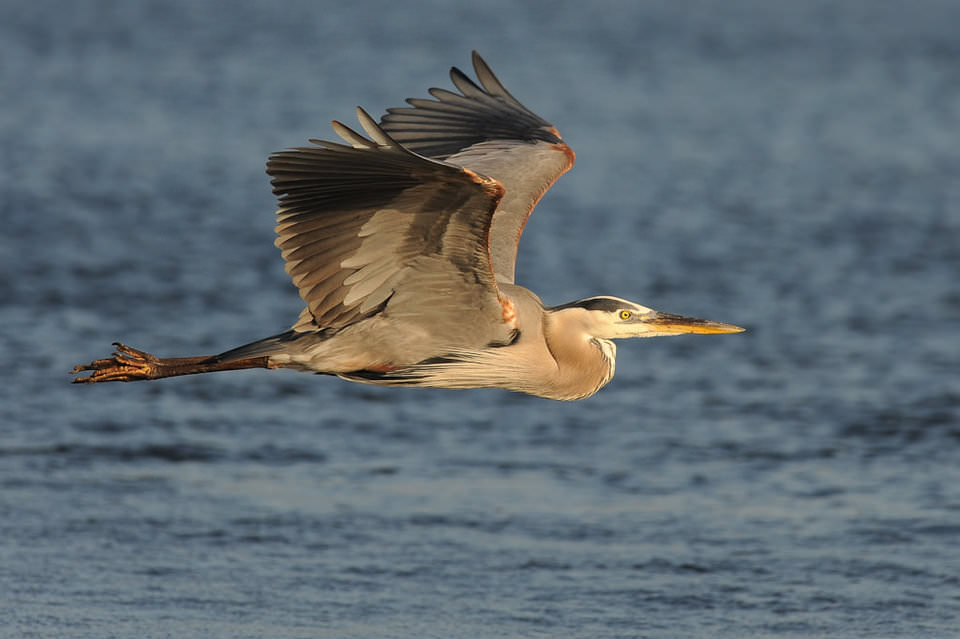GETTING THE BEST FLOWER PHOTOS
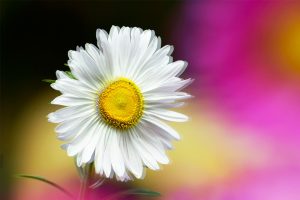 Take some pictures
Take some pictures
At their seminars, I always advise students to follow the rule of “peeling onions in layers.” This method is not only about photographing flowers. I rarely take just one photograph of a flower and only from one angle.
You can distract yourself and start shooting other flowers or objects that attract, but then you need to come back again and look at the flower from all sides with a fresh look, and then again and again, as if removing layer by layer from your vision, peering every time in more and more detail. I took this approach from my many years of experience when I discovered that the more you examine the subject, the more you can discover it for yourself.
The Onion Peeling rule means methodically removing layer by layer of husk, which is a good tool when you come across a great subject for shooting, you feel that it has potential, but you can’t create the most attractive picture in your opinion. Slowly moving from the general plan to the consideration of the most hidden fragments of the image, you will eventually reach the moment when everything falls into place and it becomes possible to take a photo of the day!
Again, I remind you that with modern compact cameras and some mirrorless system cameras, you can shoot from such a small distance that is practically not available to many DSLRs with a basic lens kit. There is no reason to envy DSLRs with macro lenses that are worth macro money! Control the depth of field
When photographing flowers, many want to get an image so that everything is in focus. When everything is in focus in the photo, the impression is that the image is dirty.
With flowers, it just makes sense to separate the main subject from the background, if this, of course, does not contradict your idea.
There are several ways to separate the background from the main character in the photo: use macro lenses and / or telephoto lens; open the diaphragm and walk around the flower like a hunter in search of prey to find the best angle; never be afraid to admit to yourself that you should try your luck somewhere else with another subject for shooting. I can guarantee that having armed with these tips and practicing in photographing, I can guarantee that very soon you will brag about a wide variety of photographs of flowers.
Look carefully at my images and you will understand a lot of new things. I know about this because I did the same, considering at the time the work of other master photographers, such as, for example, George Lepp, who became famous for photographs of tulips and California poppies. I learned a lot by looking at his pictures of flowers and trying to apply the same methods to my work.
There are no special secrets to taking pictures of such a plan as I shoot. It is enough to adhere to the general rules of shooting. My most important advice is that you do not spare time when it comes to photography. Take your time, be patient, sit down, listen to the flowers.
This image is made up of two images taken in sequence. There was a slight shift in the movement between frames taken with different exposures, too, a kind of HDR image, with some softness and with good detail.
This image is made up of two images taken in sequence. There was a slight shift in the movement between frames taken with different exposures, too, a kind of HDR image, with some softness and with good detail.
Flower photographs cannot be approached as mechanical work. Photography of flowers is the result of observation, meditation and waiting. You must understand how light works. Return again and again to the same place, and your efforts will be rewarded by the fact that they will not pass by your photos, but will stop and consider. My shots are living examples of this practice. Now you go and try to realize your dreams of beautiful flower photographs.
